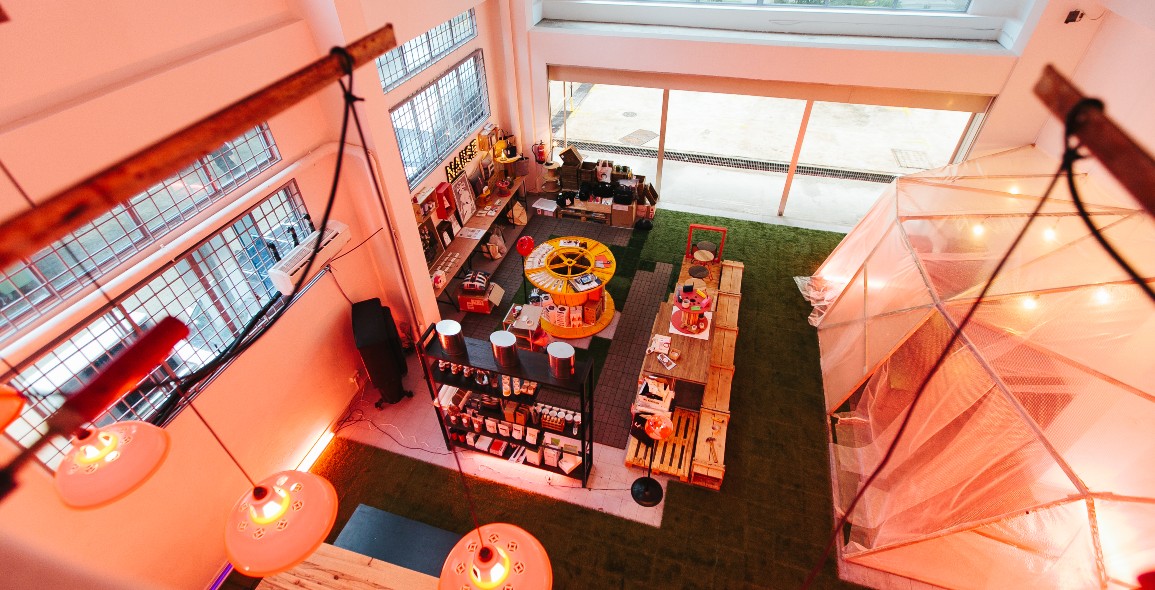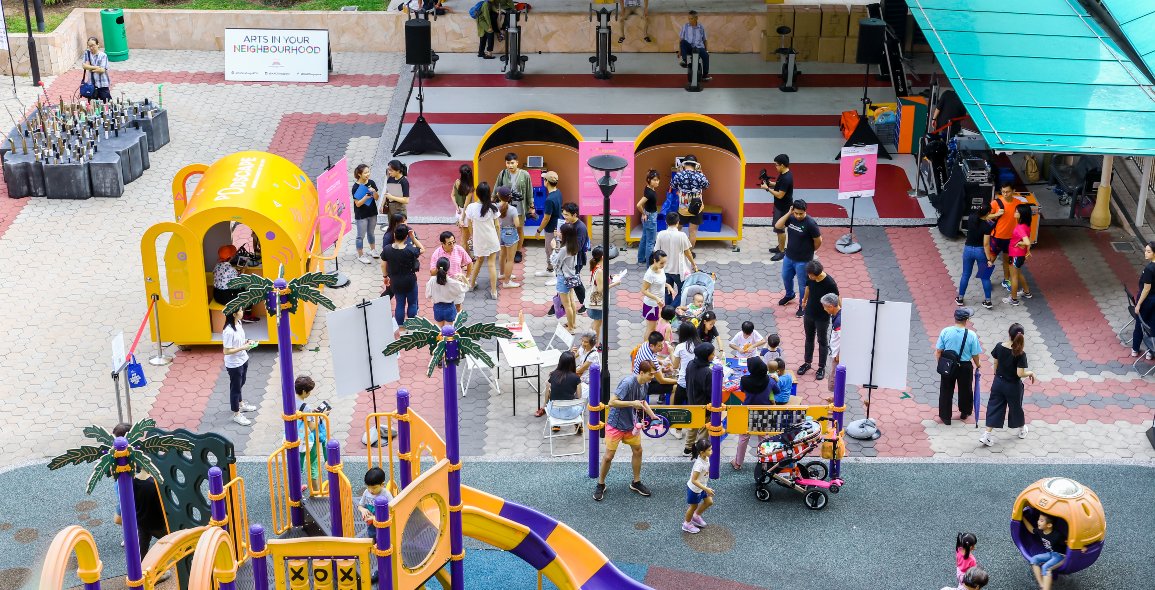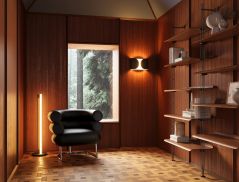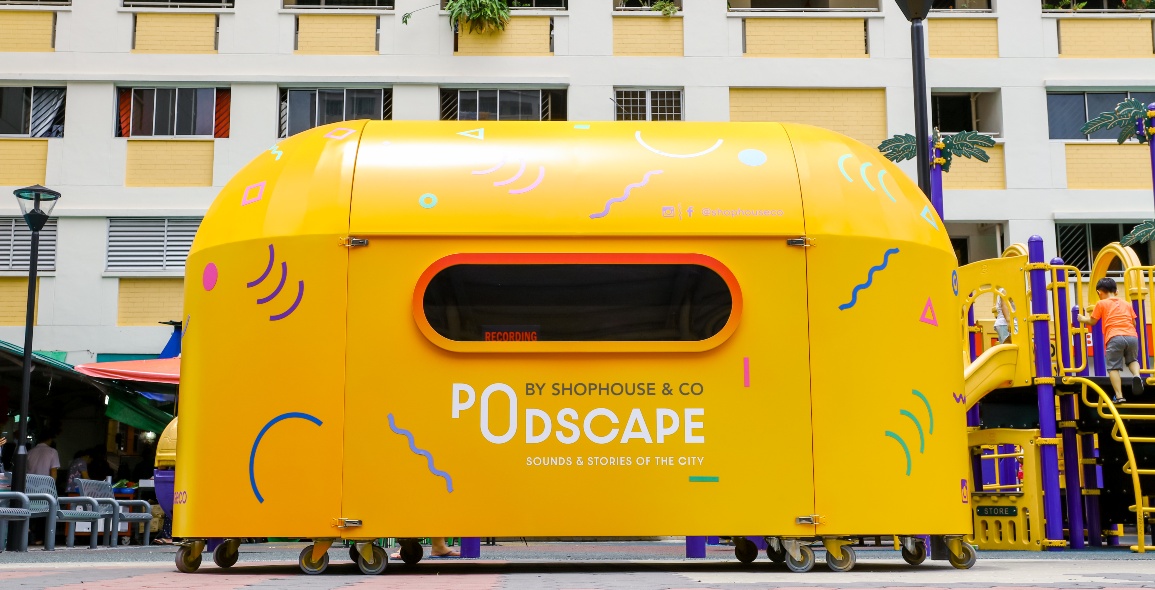
Editor’s note: Placemaking has become an increasingly common term in the design vernacular. Its relevance has been further heightened by the COVID-19 pandemic, where it is regarded as a means to strengthen community bonds. This is part of a series of stories that examines its different facets.
If you were to write a report card on the state of placemaking in Singapore, what would it say?
I think it will depend on who will be receiving this report card that is “defining” the state of placemaking in Singapore. The report card will probably have different grades and comments, depending if it is the city agency and policy makers, the private developers, the arts and culture industry practitioners, the academics and intermediaries in the built environment, such as ourselves being placemaking consultants, urban planners, architects, urban designers, participatory design consultants, community organisers, design thinking practitioners etc.
As the pioneering placemaking studio here in Singapore, Shophouse & Co was established in 2013. In these past eight years, we have gone from having to explain “placemaking” to almost every single person we met (yes, I had a very tough time explaining to friends and family what I do for a living!), to being recognised as champions of placemaking that has helped to increase its value and contribute to a lovable city. I would say, the general understanding of placemaking in Singapore has reached a wider audience and our agencies have also helped to grow this industry. City agencies have a greater understanding in the various roles and scopes of work required in the interdisciplinary environment as well as the objectives and outcome expected.
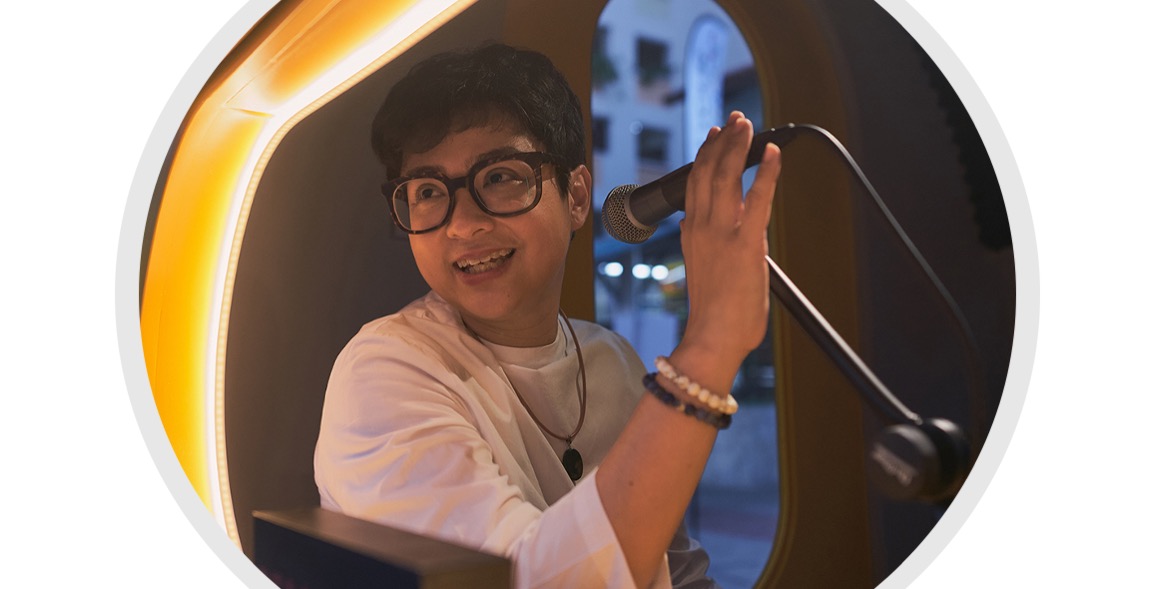 Stella Gwee, Founder and Director, Shophouse & Co
Stella Gwee, Founder and Director, Shophouse & Co
The eco-system is also growing and it makes it easier for conversations and discussions about placemaking. It helps that projects are developed at city level, precinct level, neighbourhood level and demonstrate the various possible permutations where placemaking can deliver values to shaping a vibrant and lovable city. The basic issues around it include why there is a need to put the community at the centre of your planning; how to engage with the community; how to balance that with stakeholders’ concerns and KPIs; and how a well-strategised and curated programming and tactical activations build up the “software” and the “heartware” of the city rather than events for events’ sake. They have all contributed to this slight nudge in growing Singapore’s placemaking scene.
On this report card, I will probably say that Singapore has definitely gained momentum in shifting the emphasis from a “design-led” approach to a “place-led” approach that puts the community at the core of the projects. However, perhaps due to the wide-ranging disciplines and a diverse and complex eco-system within placemaking, we also notice in Singapore, there is an eagerness to put the label “placemaking” on projects more often these days because it has become a buzzword, without truly understanding the value, the framework and what its scope entails.
What is your favourite placemaking project done through Shophouse & Co to date?
I would like to share a few favourites moments in different projects. In Shophouse & Co’s earlier works, we had to create projects for ourselves to share what placemaking was about. Our studio collaborates and believes strongly in a ground-up approach and putting the community at the core of each project. We did that through one of the earlier projects in 2014, Transitional ___ (Transitional Space). It started because of a question: Why are there spaces in transition or underutilised spaces not activated and how can we unlock them for the creative industries and small businesses to use? It was a prototype that led to two editions – a private space and a public space activation that catalysed the start of many partnerships. Through the years, we were heartened to have collaborated with and grown Shophouse & Co’s network of partners, many whom are small businesses and change-makers.
The recent project Podscape (this happened just before Singapore’s circuit breaker) was another one. Podscape aimed to foster a sense of community and a sense of place through the shared experience of recording and preserving the memories and stories of the neighbourhood. Designed as a travelling mobile recording booth and also a podcast to collect sounds and stories of different neighbourhoods in Singapore, we brought the first season out to Bukit Panjang. Sound artists were involved to create soundscapes of Bukit Panjang, inspired by the stories and sounds of the neighbourhood.
I recall seeing an elderly lady who was initially apprehensive to share her story. However, when she heard the soundscape of an old cinema that used to be in Bukit Panjang, she was visibly moved and shared personal stories of her late husband bringing her on movie dates before they got married. After the wedding, they decided to live in Bukit Panjang and it has been her first and only home since. She went on to share other interesting bits of information of her neighbourhood, simply because she is the community expert. These stories are authentic and the local relationships with our neighbours and businesses are what make us a more resilient and caring community. Projects like Podscape not only spark a new appreciation of the sounds and stories of our neighbourhoods, but also enable artists to make art while they engage with the community.
These are just examples of my favourite moments through our work. It isn’t just about putting up a great programme but listening to the community and creating value – be it for small businesses that have certain needs, or engaging with communities at the neighbourhood level, or working with our clients on developing strategies at the city level.


Why are you so passionate about placemaking? What is your story on how you decided to pick up this baton and run with it?
Placemaking is intriguing and it can sometimes even be addictive because it delivers value and brings solutions that might be so straightforward. Often, such solutions can get truncated when “experts” take a top-down approach to designing the solutions. Listening to the community because they are the subject experts, being creative in innovating ideas and given the opportunity to co-create with communities or local experts with an understanding of regulations are some of the reasons why I love my work.
Personally, I love the challenge of turning a No to a Maybe, a Maybe to a Yes. We celebrate these Yes-es as quick wins and when our projects are able to build connections between people and places, they grow and the community feels empowered and less overwhelmed to take collective action to develop solutions to make their places better. I think this keeps me motivated to want to keep doing what I do. Additionally, the older I get, the more I love my city. I want to grow old in this city and hence, I want to make sure I can help build a better city while I can.
“The COVID-19 pandemic has reinforced the role of placemaking in Singapore as the glue to build stronger connections in precincts and neighbourhoods.” What are your thoughts on this statement?
200% agreeable! Connections to places and people have been a key part of what I have been sharing in my last three answers. The pandemic has brought unprecedented changes to lives globally. It has exposed many areas of need within our cities. While the problems we face might be global in scale, the solutions can be found on a local level. For us at Shophouse & Co, we believed strongly that hyper-local communities, economies and a strong sense of place in a neighbourhood will define cities of tomorrow.
As borders stay closed, how can placemaking help small local businesses in neighbourhoods be community nodes? As people begin to discover more about their city, wouldn’t this be the best opportunity to engage with the community in their own neighbourhood and build connections? Social isolation, equitable communities, sustainability; issues faced today could lead to a movement where everyone is able to come to a safe space provided by placemaking, so that ideas and actions can happen from the ground up.
Placemaking can build momentum and vibrancy for a sustained effort because the communities find themselves able to shape their city. This empowers them and fuels them with a renewed energy to build stronger connections in precincts and neighbourhoods. So, it is a very exciting time to be in this space, to witness this social transformation and we truly believe that the future is local.
What more do you think can be done in Singapore to improve the state of placemaking?
I think we should leverage the space and time that pandemic has offered to slow down. It isn’t a bad thing since we can rethink how we can build a city we want to grow old in. We should take this opportunity to reflect and be more mindful in remaking the city in the “new normal”. How can we create a better future and lead happier and healthier lives? How can we encourage social transformation and empower citizens to build better cities together? How can we allow our local businesses to thrive? I think more can be done with placemaking if there is a continued discussion and conversation between city agencies, private sector and intermediaries like ourselves.
Because our work is closely knitted to socially driven objectives, the expectation sometimes lands directly on communities to deliver such “community” projects. As practitioners, we felt that might be too much for community to take on, without the training and time. It might also be a little overwhelming for the community to see through. Each of us in the placemaking eco-system has a part to play – stakeholders, communities and governing agencies – and it requires a systemic thinking and collaboration from different partners to participate in cross-collaborative, interdisciplinary conversations to build the energy and movement.
As part of a growing global network of placemaking thought leaders, and since being appointed as the regional network leader for Placemaking X in Asia, we found that we have learnt a lot from international communities on best practices and challenges. Hence, I feel that it would be great if a Singapore chapter of Placemakers Network could be established. We are considering how we can build a network of city changemakers and how we can empower them through sharing and continued conversations. Again, it is important to stress the hyperlocal context, and not simply execute initiatives that work beautifully overseas for our local environment, without considering the engagement and inputs from the local community.


 Share
Share
